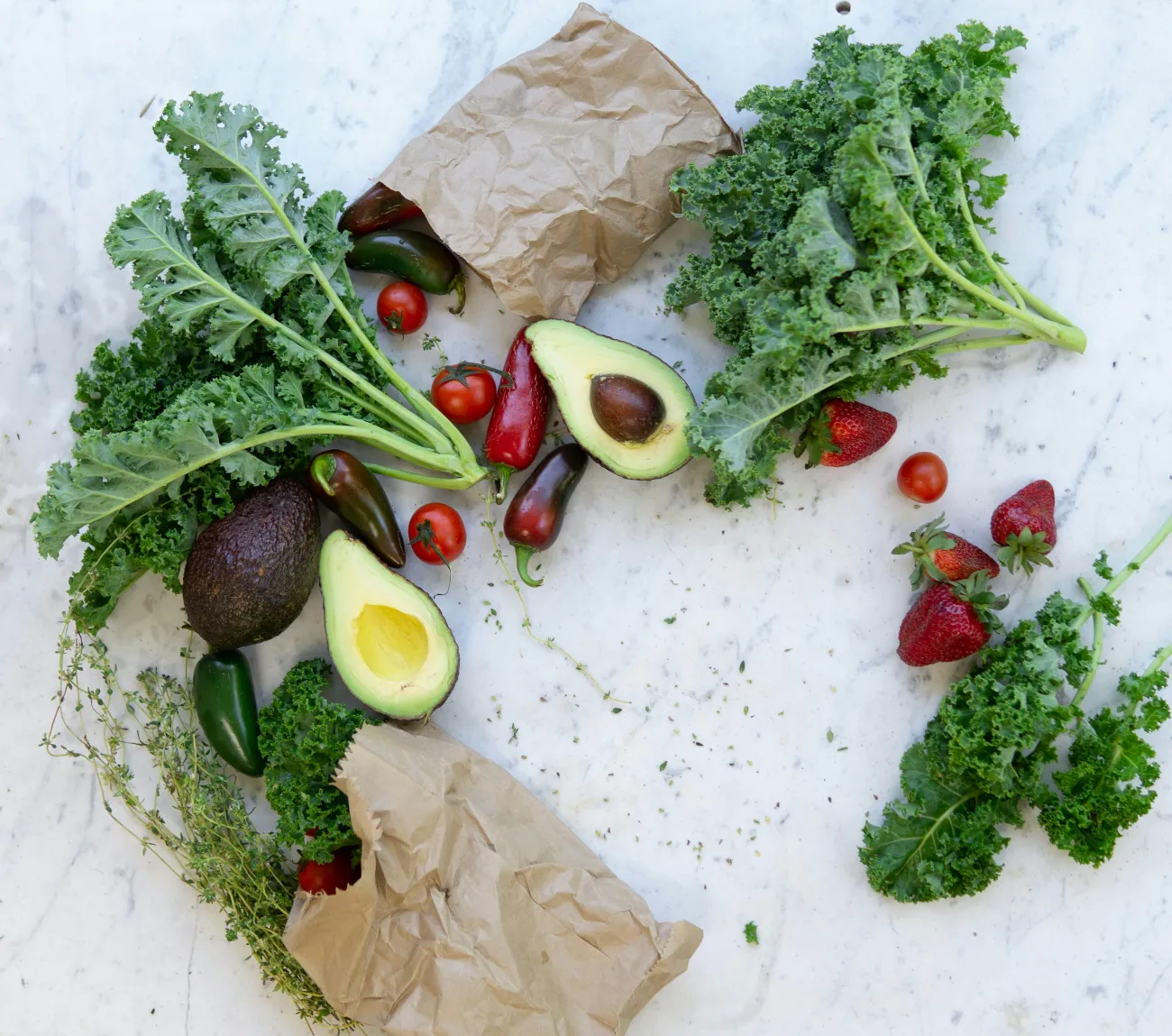This paper estimates the environmental impacts (across four impact categories) of over 57,000 food products (found in the UK and Ireland) composed of multiple ingredients, filling a knowledge gap since previous analyses (such as Poore and Nemecek) compare only single foods. It also examines the relationship between the environmental impacts and nutritional characteristics of the products, concluding that more nutritious products are often (but not always) more sustainable as well. The study is co-authored by several members of Oxford’s Livestock, Environment and People (LEAP) programme.

Since the exact proportions of ingredients in food products are often trade secrets, the researchers had to develop a new algorithm to estimate compositions based on the limited information that is publicly available - which includes lists of ingredients in decreasing order of their quantity in a product, the percentage of key ingredients in products (such as beef in beef lasagna), and the composition of similar products. See Figure 1 of the original paper for a schematic of the process.
These estimated compositions were then combined with existing databases of environmental impacts (including HESTIA - which builds on Poore and Nemecek - and the Blue Food Assessment). The following environmental impact categories are used:
- Greenhouse gas emissions
- Scarcity weighted water use
- Land use
- Aquatic eutrophication potential
The environmental impact results were condensed into a single score ranging from 0 (no impact) to 100 (highest impact) per 100g of food product, with all four impact categories being weighted equally. The figure below summarises the results for food categories found at the supermarket Tesco. The right-most cluster shows that, according to this scoring system, beef and lamb have far higher environmental impacts than other meats, cheese and fish, which in turn have higher impacts than milk, butter, eggs, meat alternatives, yoghurts and dairy alternatives.
Image: Figure 3, Clark et al. Environmental impact scores per 100 g of products in Tesco Aisles.
The researchers also estimated the nutritional value of each food product using the NutriScore system. NutriScore assigns negative scores according to components that the system thinks should be limited, i.e. calories, saturated fatty acids, sugar and salt; and assigns positive scores for components that the system thinks should be encouraged, i.e. fibre, protein, fruits, vegetables, pulse, nuts, and rapeseed, walnut and olive oils. The authors note that NutriScore is in the process of being revised to address certain limitations, such as its lack of attention to how processing and cooking might affect nutrition.
Regarding the correlation of environmental and nutritional scores for food product categories (“Aisles”), the authors say: “Across all retailers, comparing the mean estimated environmental and nutritional impact of retail Aisles containing only food products suggests a tendency for more environmentally sustainable Aisles to be more nutritious than less sustainable Aisles, but with large variation around this general trend (Spearman’s rho = 0.258, P ≤ 0.001).” The trend is not immediately visible from the figure below, which shows that there is indeed much variation.
Image: Figure 4, Clark et al. Environmental impact score and nutrition impact score per 100 g of multi-ingredient food products. Points indicate the environmental impact and nutrition impact scores of Aisles not denoted by a text label.
The “win-win” quadrant in this diagram is the lower left, i.e. more nutritious according to NutriScore, and lower environmental impact. Food categories in this quadrant include fruit, vegetables, various types of bread, and - perhaps surprisingly - roasted potatoes, chips, onion rings and rice. The NutriScore system has attracted criticism for ranking some foods, such as chips, as more nutritious than meat, eggs or seafood - see for example Ty Beal’s comments.
“Meat alternatives” are scored as lower impact and more nutritious than both “meat” and “beef and lamb”, while “dairy alternatives” have a slightly lower environmental impact and a higher nutritional score than “milk, butter and eggs”.
The authors conclude that environmental impacts can in many cases be reduced by making “food swaps” that replace some foods with similar foods. They use the example of sausages, showing that vegan sausages tend to be lower impact and healthier than pork or ruminant sausages, as illustrated below.
Image: Figure 6, Clark et al. Variation in environmental and nutritional impact of sausages. Each point indicates a single food product.
Abstract
Understanding and communicating the environmental impacts of food products is key to enabling transitions to environmentally sustainable food systems [El Bilali and Allahyari, Inf. Process. Agric. 5, 456–464 (2018)]. While previous analyses compared the impacts of food commodities such as fruits, wheat, and beef [Poore and Nemecek, Science 360, 987–992 (2018)], most food products contain numerous ingredients. However, because the amount of each ingredient in a product is often known only by the manufacturer, it has been difficult to assess their environmental impacts. Here, we develop an approach to overcome this limitation. It uses prior knowledge from ingredient lists to infer the composition of each ingredient, and then pairs this with environmental databases [Poore and Nemecek Science 360, 987–992 (2018); Gephart et al., Nature 597, 360–365 (2021)] to derive estimates of a food product’s environmental impact across four indicators: greenhouse gas emissions, land use, water stress, and eutrophication potential. Using the approach on 57,000 products in the United Kingdom and Ireland shows food types have low (e.g., sugary beverages, fruits, breads), to intermediate (e.g., many desserts, pastries), to high environmental impacts (e.g., meat, fish, cheese). Incorporating NutriScore reveals more nutritious products are often more environmentally sustainable but there are exceptions to this trend, and foods consumers may view as substitutable can have markedly different impacts. Sensitivity analyses indicate the approach is robust to uncertainty in ingredient composition and in most cases sourcing. This approach provides a step toward enabling consumers, retailers, and policy makers to make informed decisions on the environmental impacts of food products.
Reference
Clark, M., Springmann, M., Rayner, M., Scarborough, P., Hill, J., Tilman, D., Macdiarmid, J.I., Fanzo, J., Bandy, L. and Harrington, R.A., 2022. Estimating the environmental impacts of 57,000 food products. Proceedings of the National Academy of Sciences, 119(33), p.e2120584119.
Read the full paper here. See the LEAP programme’s coverage of the study here. See also the TABLE explainer Food systems and greenhouse gas emissions.




Comments (0)